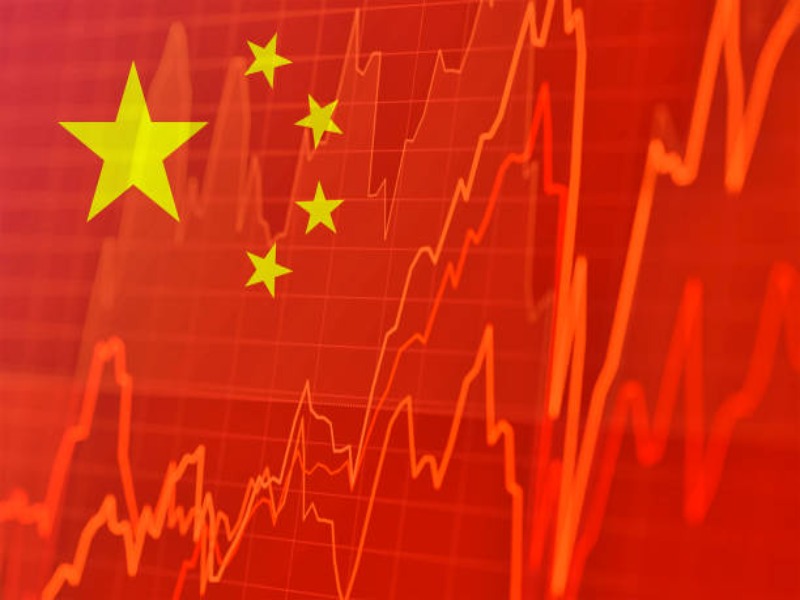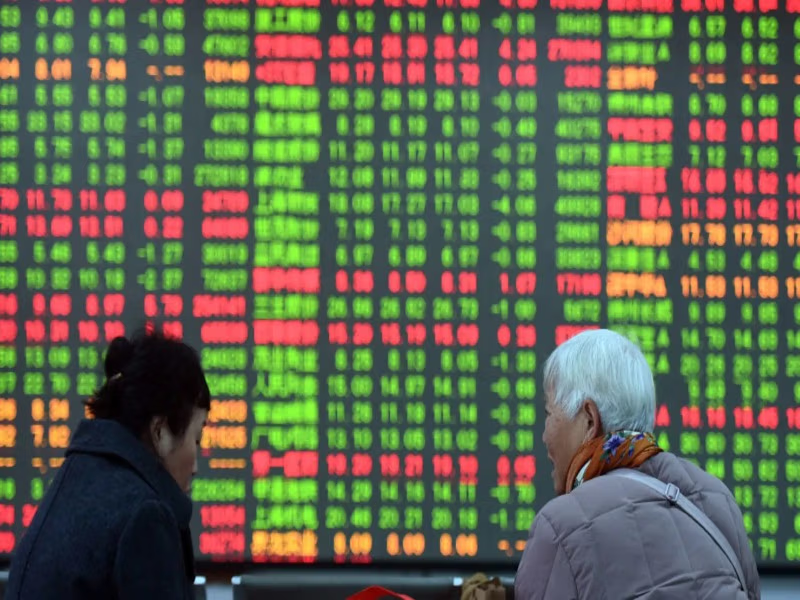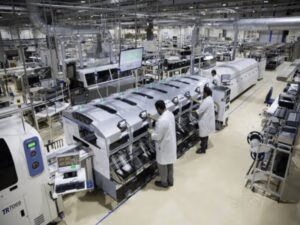The stock market in China has pivoted on its feet this year amid the progress of artificial intelligence, moves to achieve chip self-sufficiency, and efforts by Beijing to restrain price wars that are driving investor optimism.
However, with retail investors driving the market up, and bulls cheering supportive liquidity and policy tailwinds, some analysts are questioning why the market may be heading into a bubble.
The CSI 300 of the mainland has been able to gain approximately 16 percent since the beginning of the year and hang near three-year peaks.
The CSI 300 Information Technology Index, representing the performance of tech firms in the CSI 300, reached its peak last week since 2015.
Regional CIO for North Asia at Standard Chartered, Raymond Cheng, said, “China’s ongoing equity rally appears disconnected with the economic fundamentals. Retail investors have played a key role as they have been shifting some of their bank deposits into equity markets.”
According to HSBC data, China has an onshore stock market that is controlled by retail investors who control about 90 percent of the trading every day. That is a contrast to large international exchanges, where institutions dominate the activity in the New York Stock Exchange; only 20 percent to 25 percent of trading is done by individuals.
The total Chinese household savings are currently over 160 trillion yuan ($22 trillion), the highest to date, as per HSBC statistics.

Hao Hong, managing partner and CIO at Lotus Asset Management, adds, “Fundamentals do not well support the momentum, but markets always lead fundamentals. There are few signs of overheating in the overall market, but pockets of the market are a little too hot.”
Hong states, “This is not yet a bubble, but it is going that way.” He identified contract research organizations, or companies that offer research and development services to pharma, biotech, medical device companies, and technology names, as the highest-risk segments, but did not describe them as bubbles.
Goldman Sachs estimates that the market capitalization of Chinese and Hong Kong equities has increased by more than $3 trillion this year.
Market watchers indicated that Goldman Sachs estimates that the market capitalization of Chinese and Hong Kong equities has increased by more than $3 trillion this year. However, the economic statistics presented by China provide little assurance that there is a real and lasting recovery being undertaken.
Nomura, a Japanese financial holdings company, had cautioned of over-leverage and possible “bubbles” last month as the stock market runs ever higher despite the economy of China displaying signs of sputtering in the second half of the year.
The economic slowdown in China deteriorated in August as some of the major indicators performed poorly below expectations. Continued low domestic demand and Beijing’s efforts to decrease industrial excess capacity strained production.
Industrial production increased by 5.2 percent last month, a decline of 5.7 percent in July, and the slowest increase in more than a year. Retail sales improved by 3.4 per cent annually, compared to forecasts by analysts in a Reuters survey, and less than 3.7 per cent in July.
Global market strategist at J.P. Morgan Asset Management, Chaoping Zhu, states, “So far, we have not seen signs of a turnaround in macro fundamentals, although the current momentum might be supported by expectations for structural improvements in the economy.”
Zhu further added that Semi-annual reports indicate some stabilization in areas like AI, semiconductors, and renewables, and Beijing’s push of “anti-involution,” which focuses on tightening price wars, may boost corporate earnings capacity.
Indicatively, Chinese chipmaker Cambricon announced record highs in the first half-year, surging into the air by over 4,000 percent year-on-year to 2.88 billion yuan ($402.7 million) in the first six months as Beijing strives to boost its domestic semiconductor industry.
Zhu warns that the valuation of technology could have included “priced in very optimistic expectations,” and the market is prone to a reversal before earnings can keep pace.






